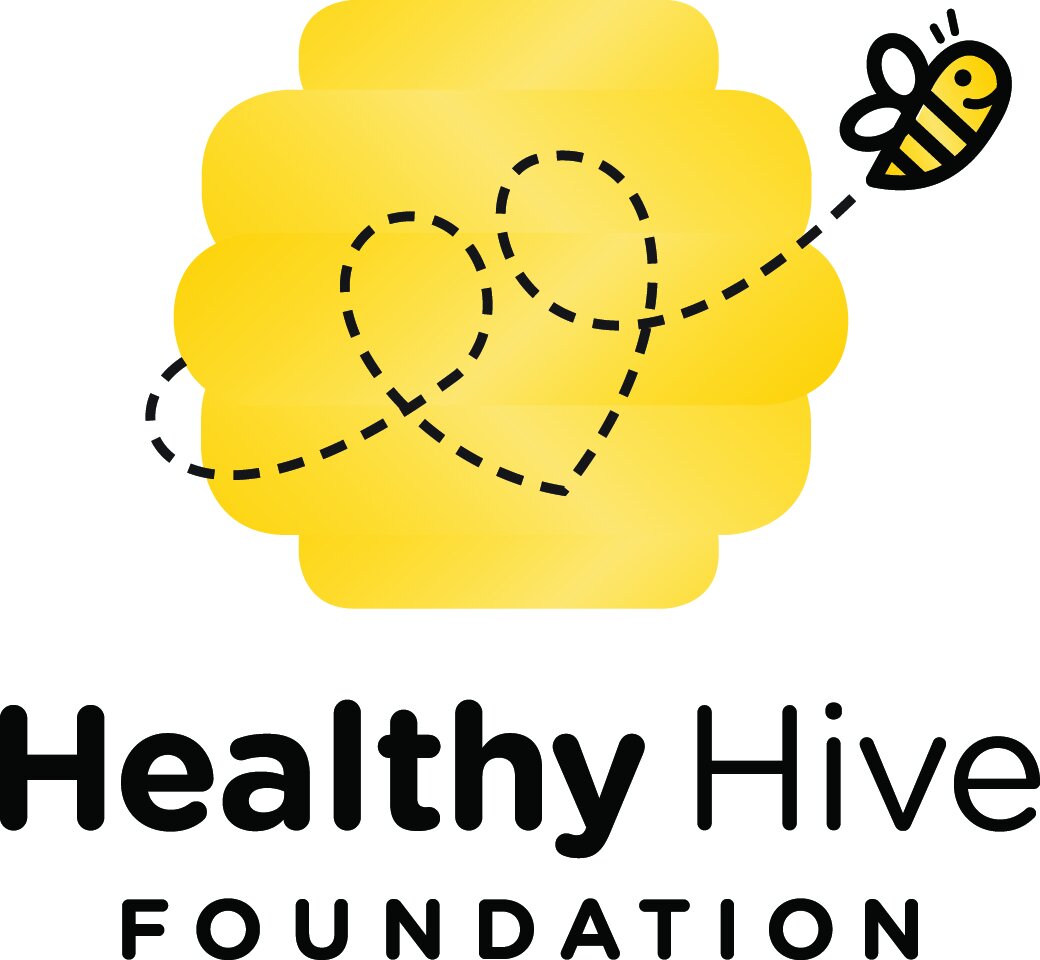Let's Talk About Pollinators
Let’s talk about the real MVPs of our ecosystem for a minute, POLLINATORS. Since June 16–22 is officially Pollinator Week, it’s the perfect time to show some love to the tiny (and sometimes not-so-tiny) creatures out here doing the heavy lifting for our food systems and wild spaces. And no, it’s not just bees, though you already know we’ve got big love for our buzzing besties. 💛🐝
So grab your lemonade (bonus points if it’s Me & The Bees 😉), and let’s dive into a quick and colorful roll call of the pollinators making magic all around us.
🐝 The Bees (Of Course!)
We’re starting with the stars of the show, honeybees, bumblebees, and native bees like mason and leafcutter bees. These little workers are responsible for pollinating everything from wildflowers to watermelon. They don’t just make honey; they help feed the world.
Fun Fact: One out of every three bites of food you eat is thanks to a pollinator, so basically, bees are out here securing snacks. Period.
🦋 Beautiful Butterflies
Elegant, graceful, and totally fabulous, butterflies like monarchs and swallowtails are also key pollinators. They love bright, nectar-rich flowers and help spread pollen as they flutter from bloom to bloom.
And let's be honest, any garden with butterflies just hits different.
🐦 Birds (Yes, For Real)
Hummingbirds are out here sipping nectar like they’re at the cutest brunch spot, and in the process, they help pollinate all kinds of flowering plants. Their long beaks are made for it, and they especially love red and orange blooms.
If you’ve never watched a hummingbird in action, add that to your joy list. ✨
🦇 Wait, Bats?!
Yup, bats are pollinators too! In tropical and desert climates, bats play a huge role in pollinating night-blooming plants like agave (hello, tequila!) and some fruits. They’re out here working the night shift so plants can keep doing their thing.
Moral of the story: bats aren’t just Halloween vibes, they’re eco-heroes, too.
🪲 Moths, Flies & Beetles
They don’t get as much love, but moths (especially those huge Luna moths), hoverflies, and beetles are all out here pollinating quietly. Some even work at night when the bees are asleep. It’s giving unsung hero energy.
What You Can Do This Month 💚
Let’s turn this knowledge into action! Here are a few ways to support our pollinator friends this June:
Plant native flowers in your yard or community garden. Go for a mix of colors and bloom times
Skip the pesticides—they’re rough on pollinators.
Leave a little wild—a messy corner in your yard or balcony planter is a pollinator paradise.
Spread the word—educate your fam, friends, and neighborhood kids. Pollinators are cool, and the more people who get it, the better.
June isn’t just about sunshine and the start of summer; it’s about giving a shoutout to the quiet champions of our ecosystem. Whether you’re planting a flower, visiting a pollinator garden, or simply pausing to watch a bee do its thing, know that it all counts.
Keep buzzing with purpose,
—Jasmine 💛🌻
PR & Marketing Director, The Healthy Hive Foundation
#PollinatorWeek #BeeTheChange #BuzzWithUs #NatureIsLit #SupportYourLocalPollinators #TalkingBeesRoadshow
